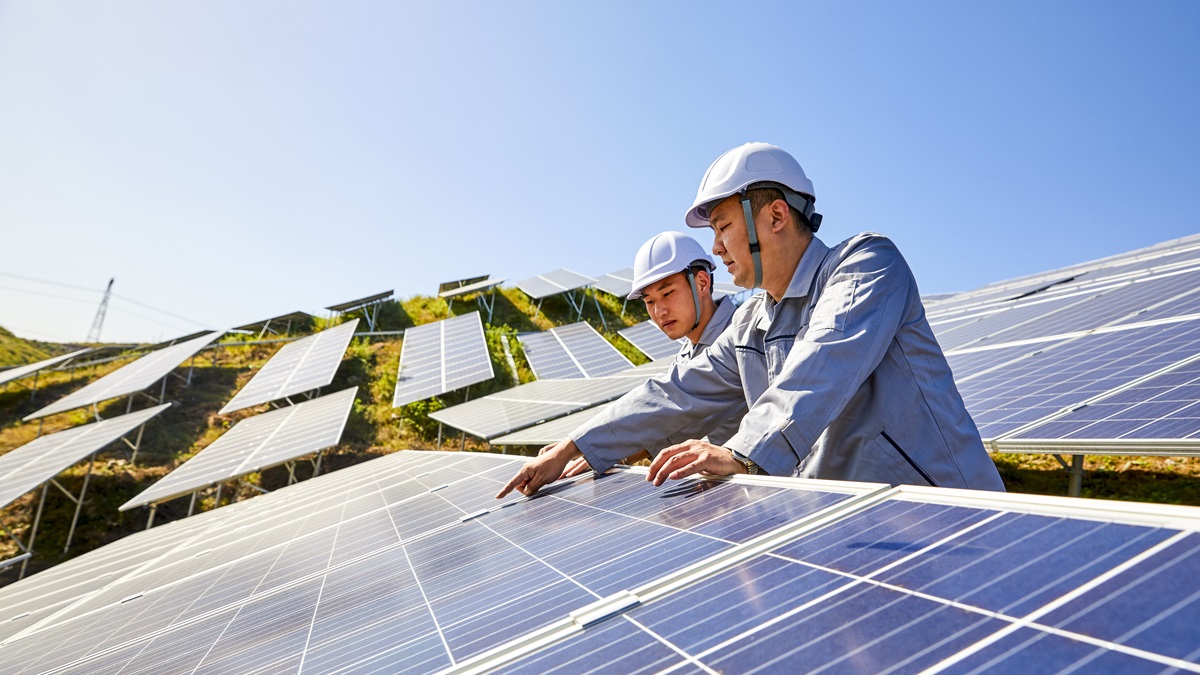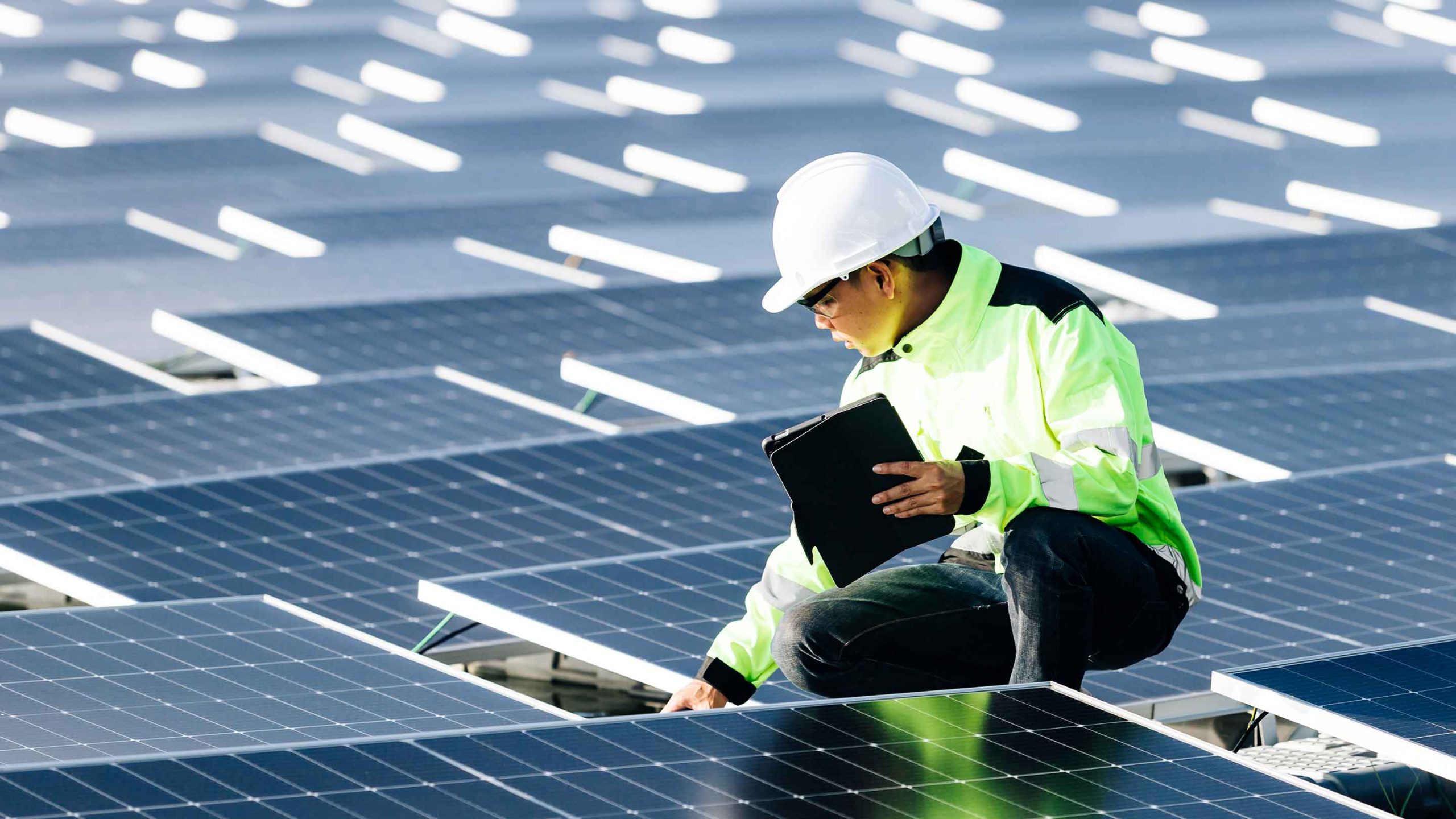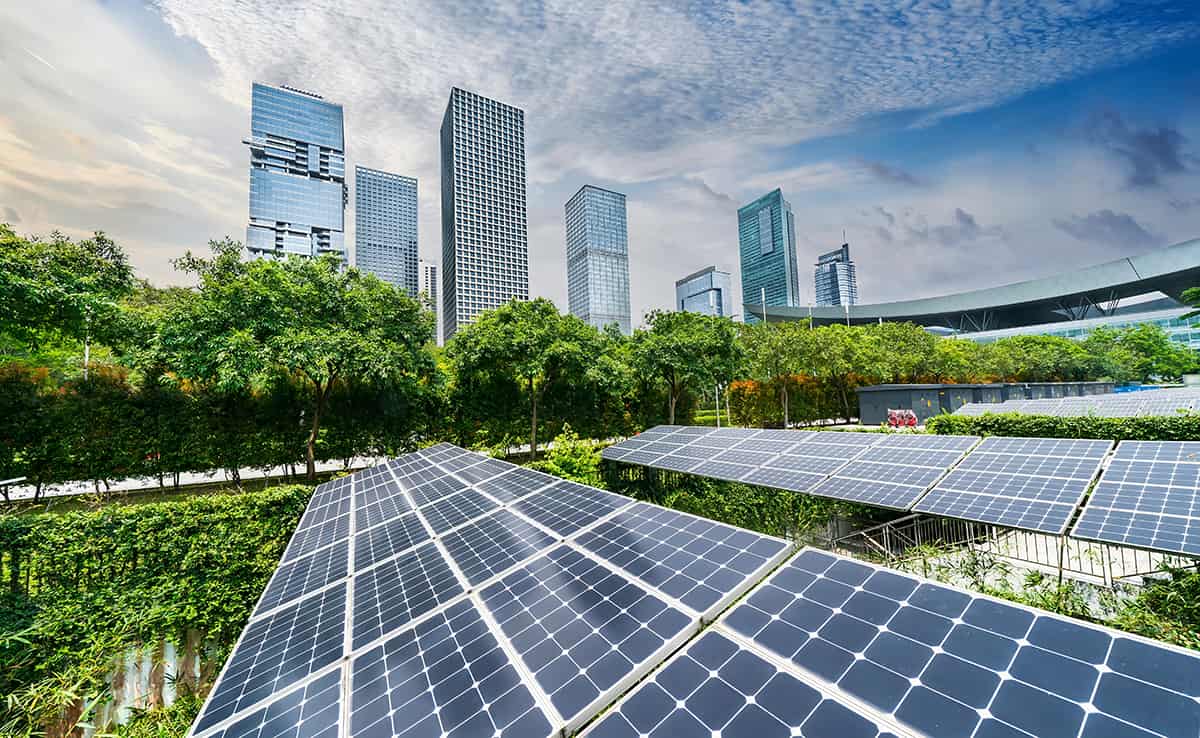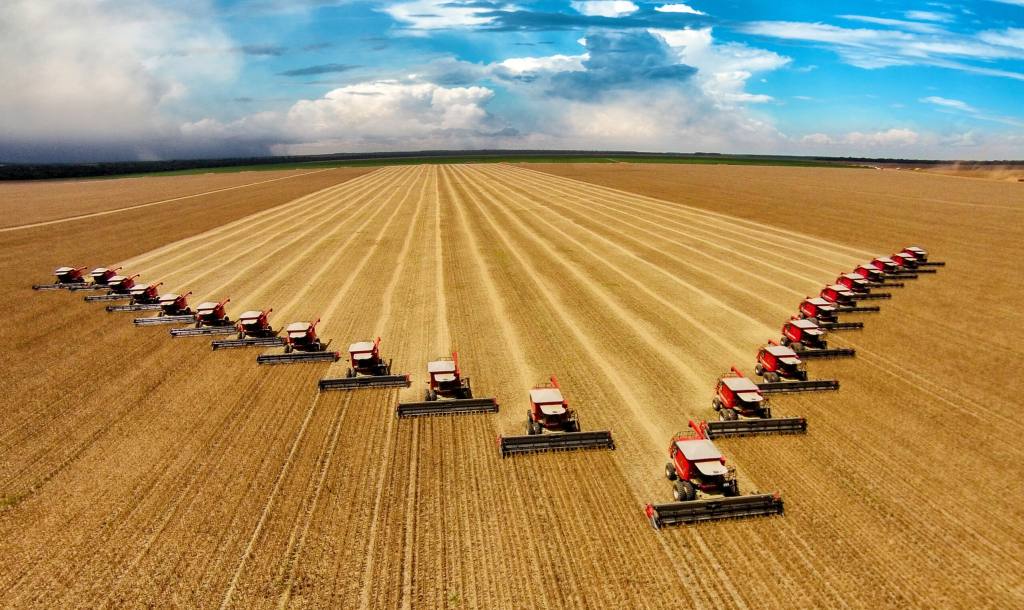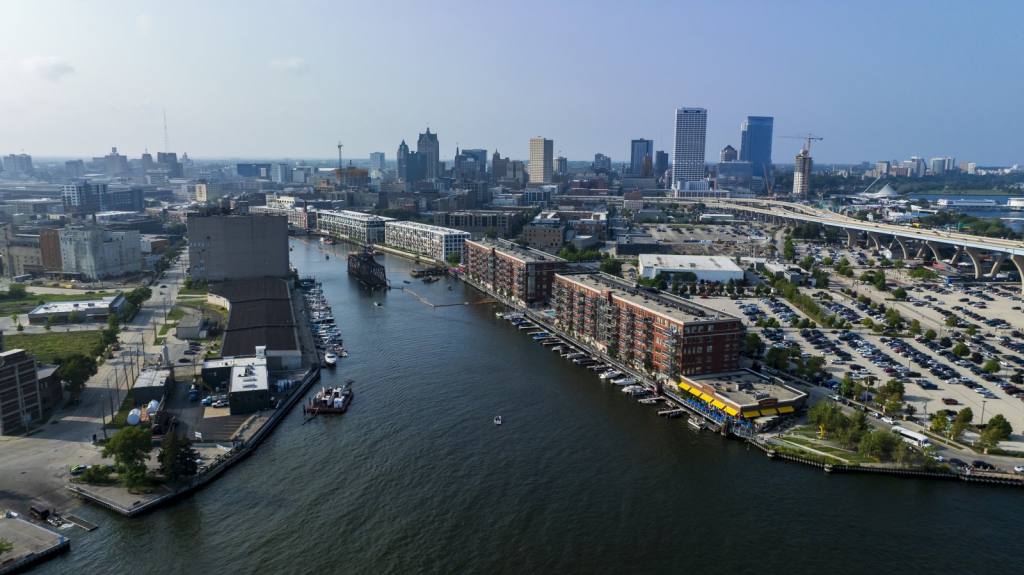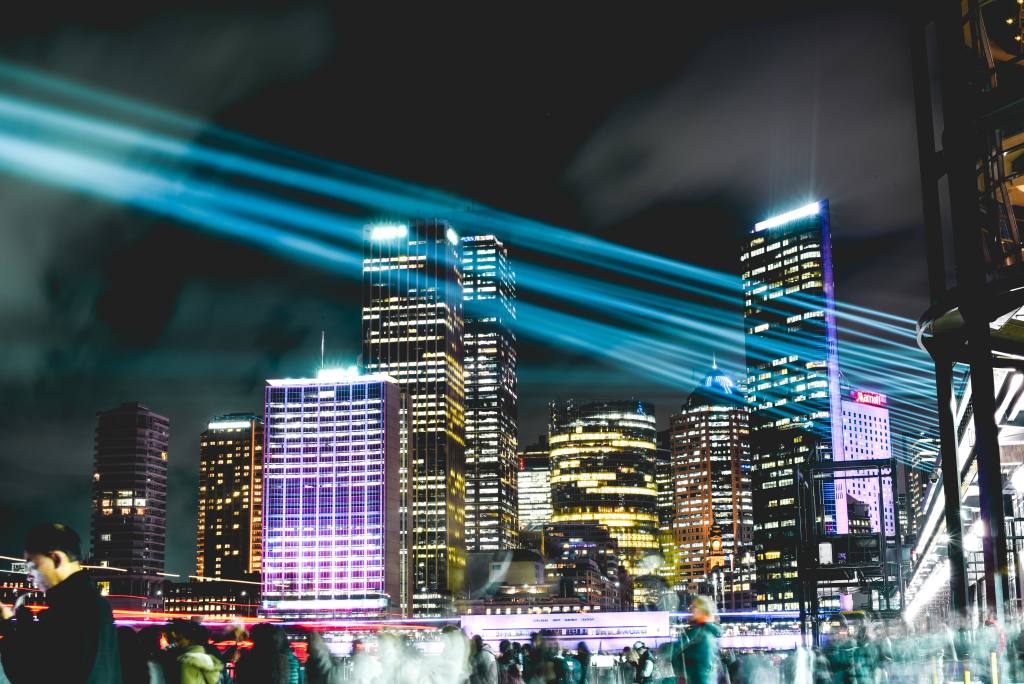Land and Urban Ecosystem Goals for a Greener Milwaukee
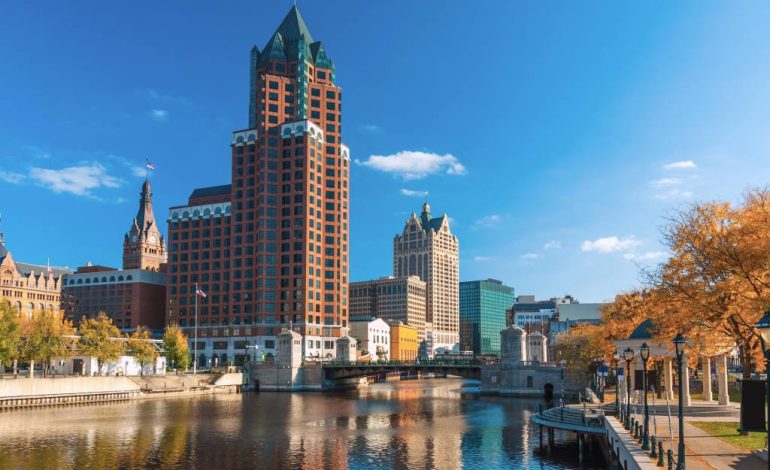
Milwaukee, a city with a rich industrial past, is now at a pivotal moment where sustainable development and ecological restoration can pave the way for a greener future. As urban areas continue to expand, cities like Milwaukee face the challenge of balancing growth with the need to protect and restore natural ecosystems. By setting clear goals for land use and urban ecosystems, Milwaukee can serve as a model for other cities aiming to revitalize their environments while fostering community well-being.
Restoring Natural Habitats in Urban Spaces
Urbanization often leads to the loss of natural habitats, which can have significant impacts on local biodiversity. One of Milwaukee’s primary goals in revitalizing its urban ecosystem is to restore and protect these habitats within the city. This involves reintroducing native plant species, restoring wetlands, and creating green corridors that connect fragmented habitats. Such efforts not only benefit wildlife but also provide residents with green spaces that contribute to their physical and mental well-being. These green areas act as natural buffers, improving air quality, reducing heat islands, and supporting local ecosystems.
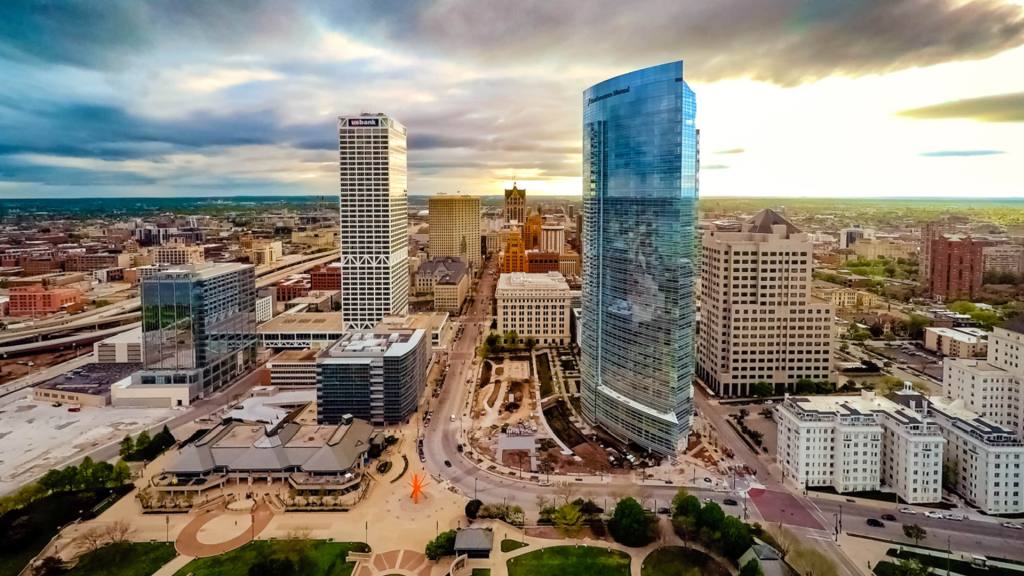
Implementing Sustainable Land Use Practices
Sustainable land use is critical in the effort to balance development with environmental preservation. Milwaukee’s approach includes adopting practices that minimize environmental impact, such as redeveloping brownfields, using green building techniques, and promoting mixed-use developments. By focusing on sustainable land use, the city can reduce its carbon footprint, conserve resources, and create more resilient communities. Encouraging the use of renewable energy and energy-efficient designs in new developments also aligns with the city’s broader sustainability goals. These efforts are supported by the city’s comprehensive plan, which outlines strategies for integrating sustainability into all aspects of urban planning.
Enhancing Water Management Systems
Water management is a key component of urban ecosystem restoration, particularly in a city like Milwaukee, which is situated along the shores of Lake Michigan. Improving stormwater management systems to reduce runoff and prevent flooding is essential to protecting both the urban environment and the surrounding natural ecosystems. Milwaukee’s water management goals include expanding the use of green infrastructure, such as rain gardens, permeable pavements, and bioswales, to capture and treat stormwater naturally. Additionally, efforts to reduce pollution and improve water quality in the Milwaukee River and its tributaries are crucial for maintaining the health of the city’s waterways and ensuring a sustainable water supply for future generations.
Engaging the Community in Sustainability Efforts
Achieving Milwaukee’s land and urban ecosystem goals requires the active involvement of the local community. Public awareness and participation are vital in ensuring the success of sustainability initiatives. The city’s efforts to engage residents in environmental stewardship include educational programs, community clean-up events, and initiatives that encourage sustainable practices at home and in businesses. By fostering a culture of sustainability, Milwaukee can empower its residents to take an active role in the city’s green future. Additionally, involving the community in the planning and decision-making processes ensures that the goals set by the city reflect the values and needs of its residents.
Conclusion
Milwaukee’s vision for a greener future is grounded in the restoration of natural habitats, sustainable land use, improved water management, and community engagement. By setting and working toward these ambitious goals, the city is not only addressing the environmental challenges of today but also laying the foundation for a more sustainable and resilient urban environment. As the city continues its revitalization efforts, staying informed through resources like the city’s redevelopment website will be crucial for those who wish to contribute to and benefit from Milwaukee’s greener future.


